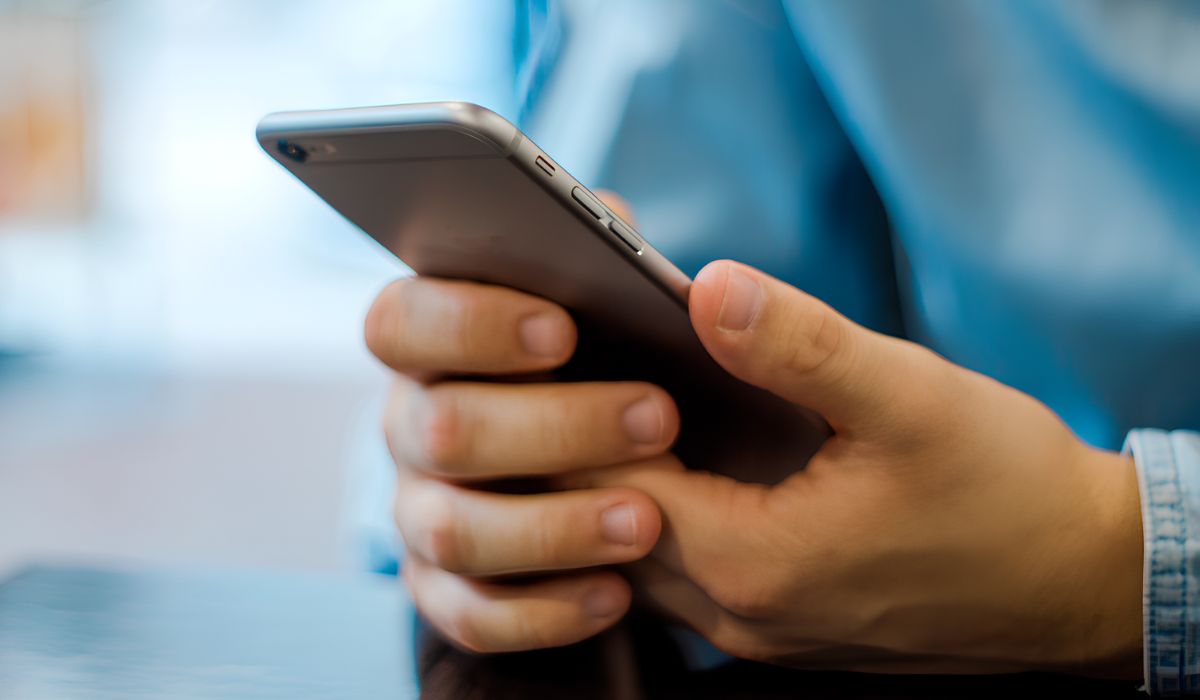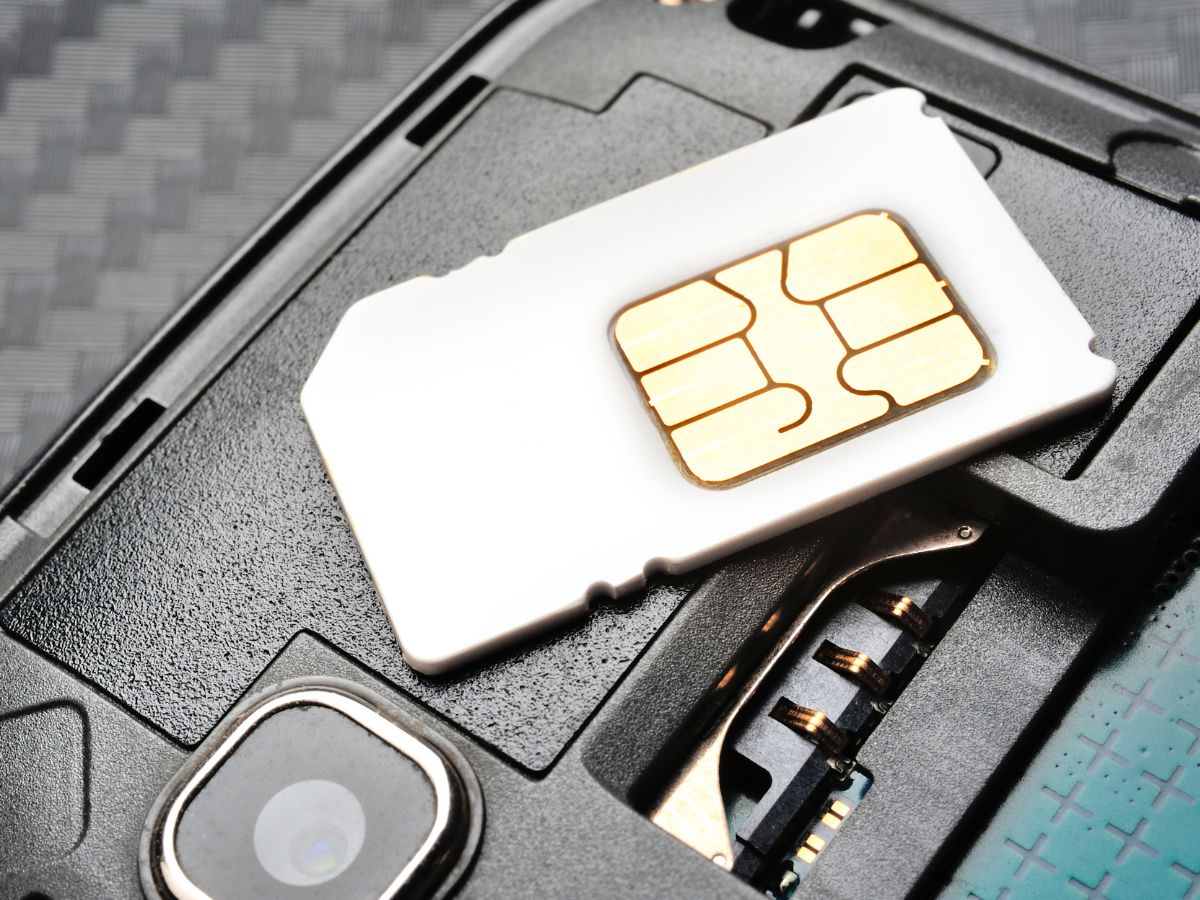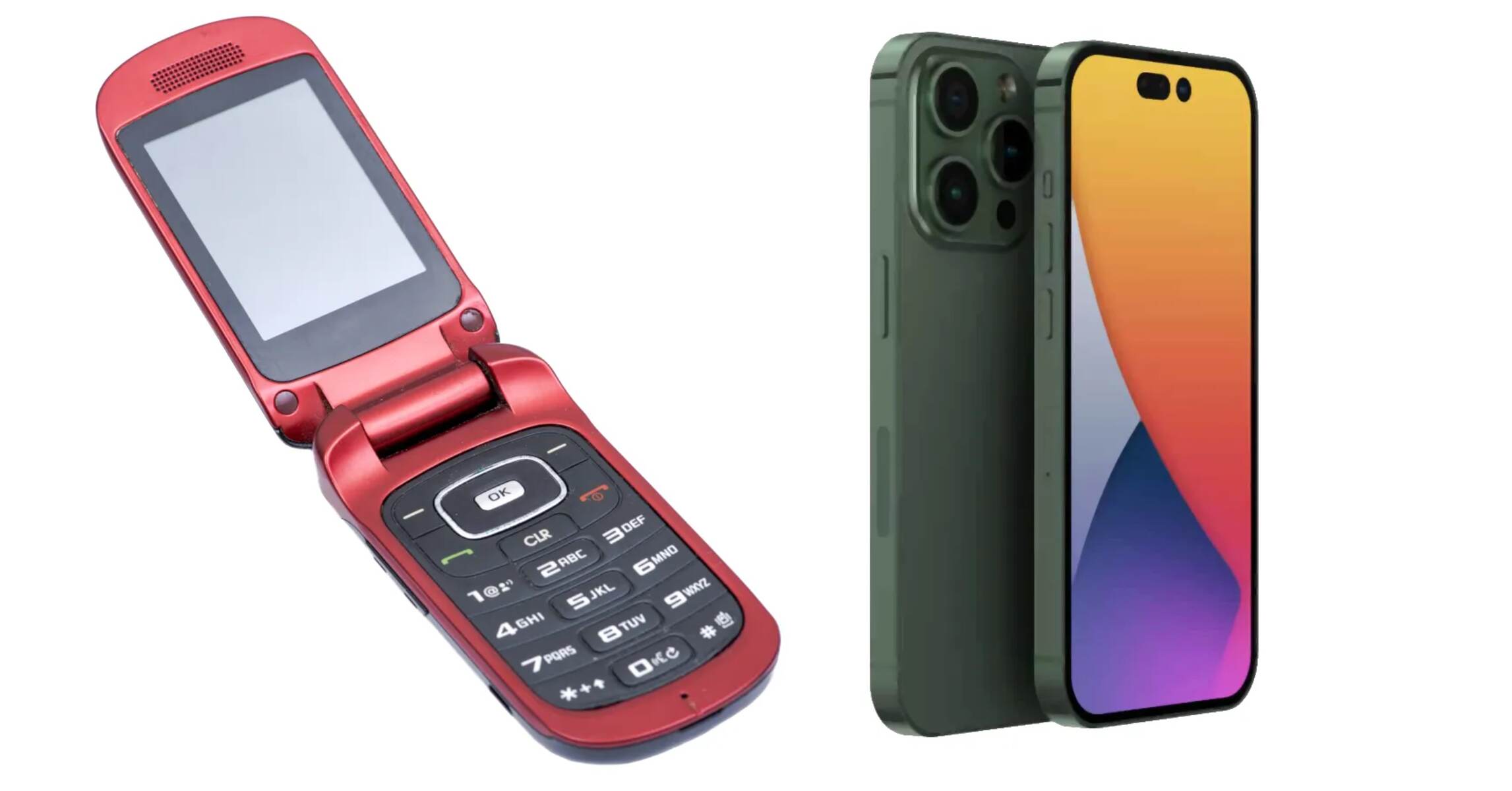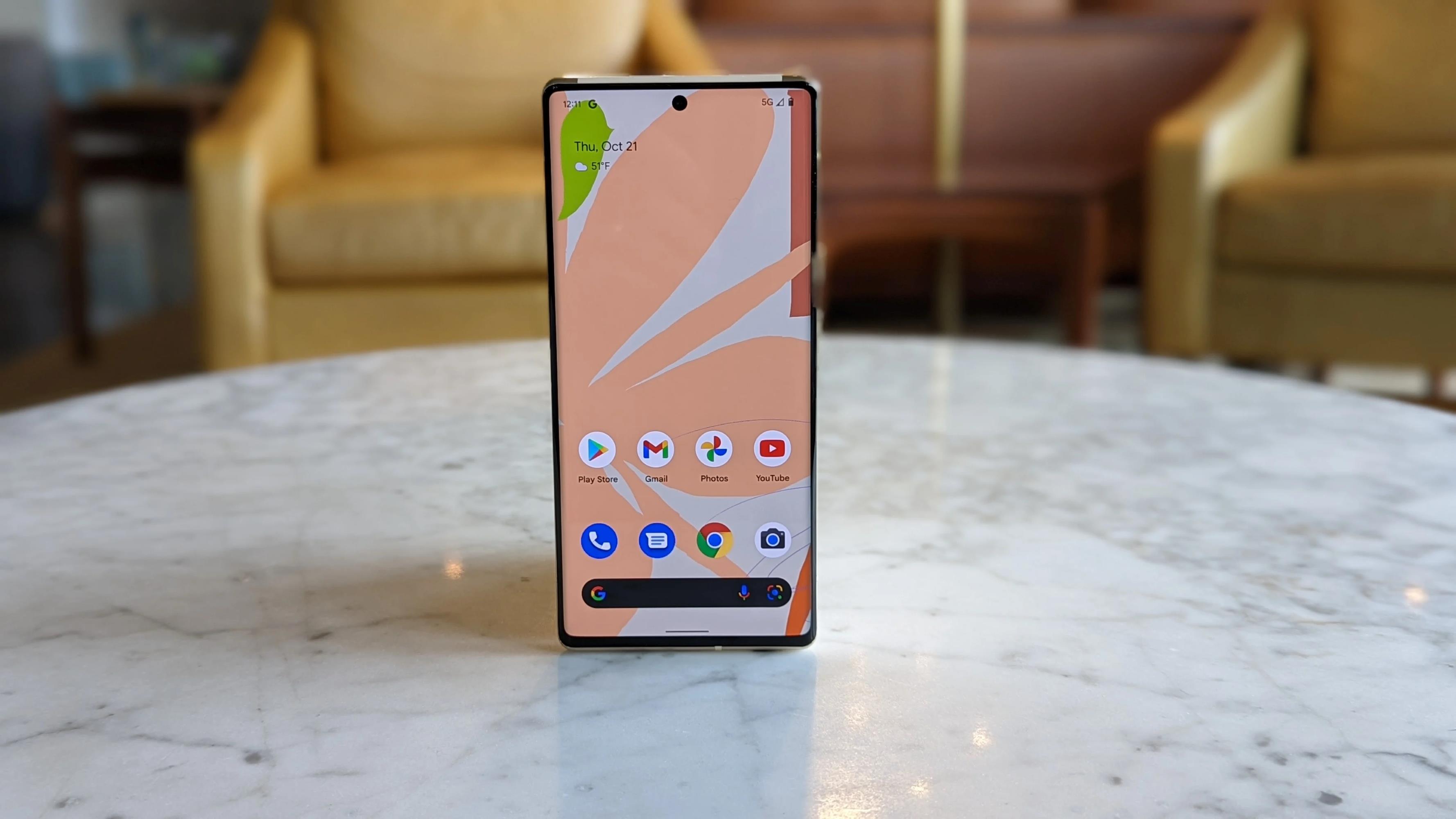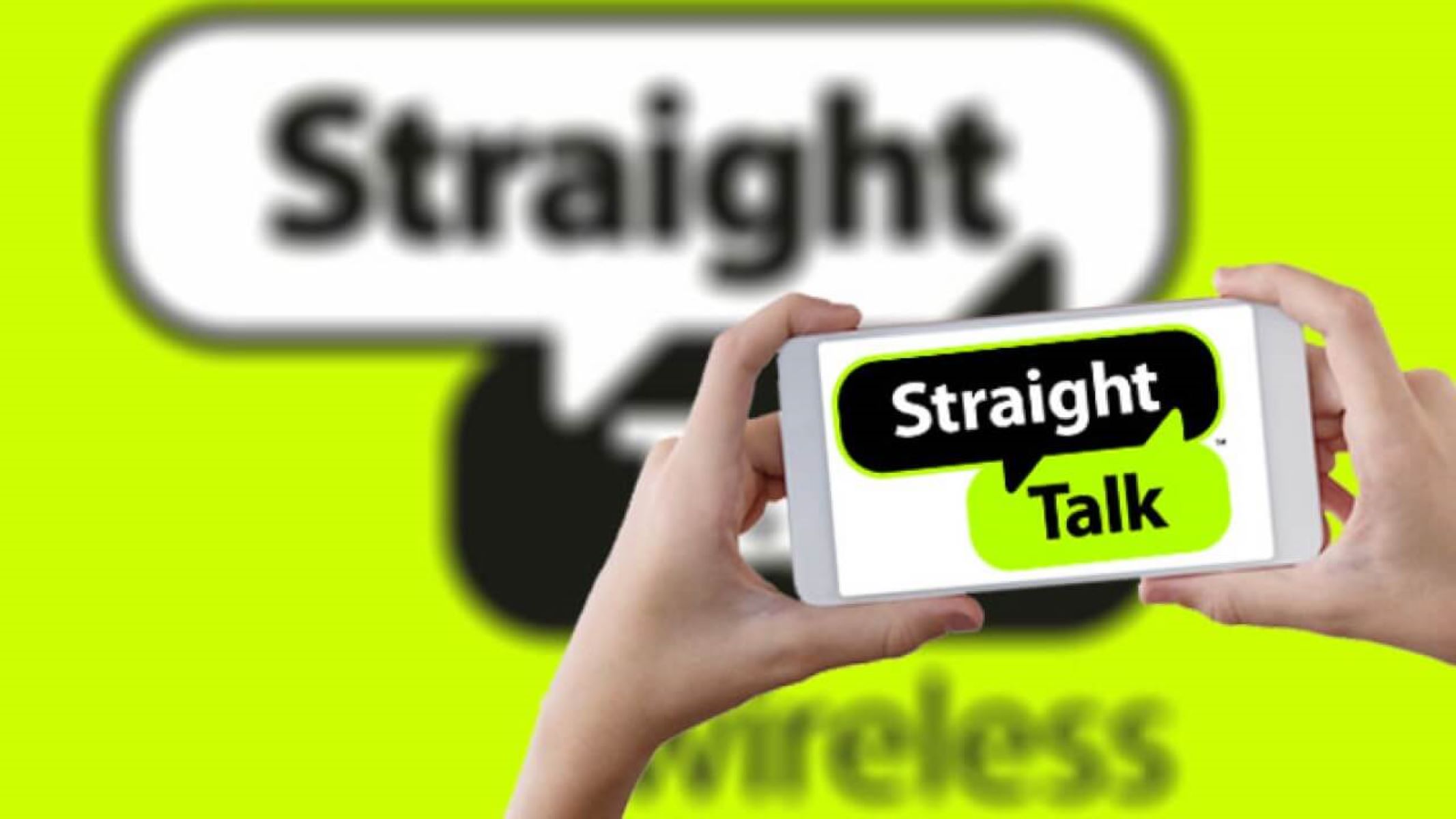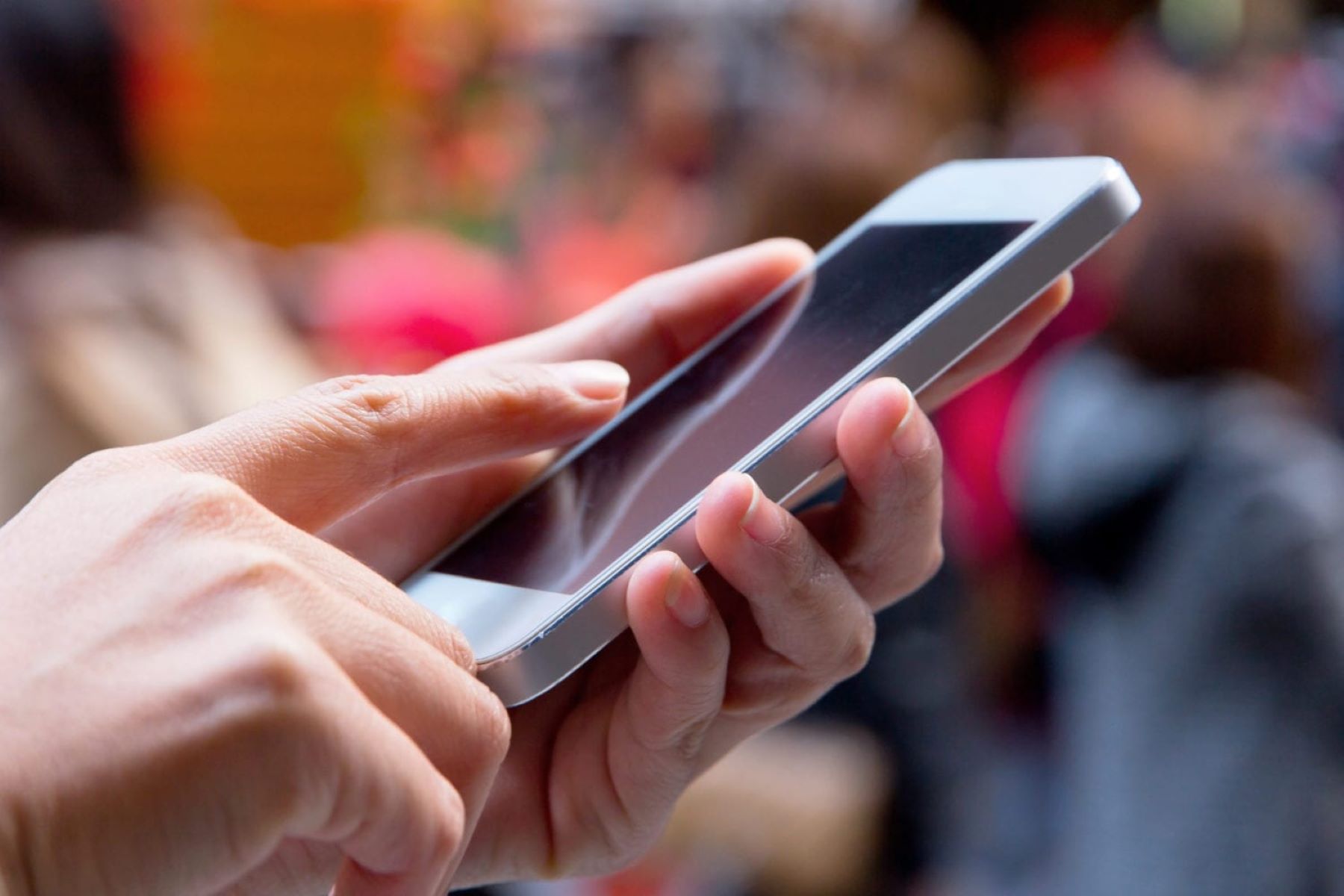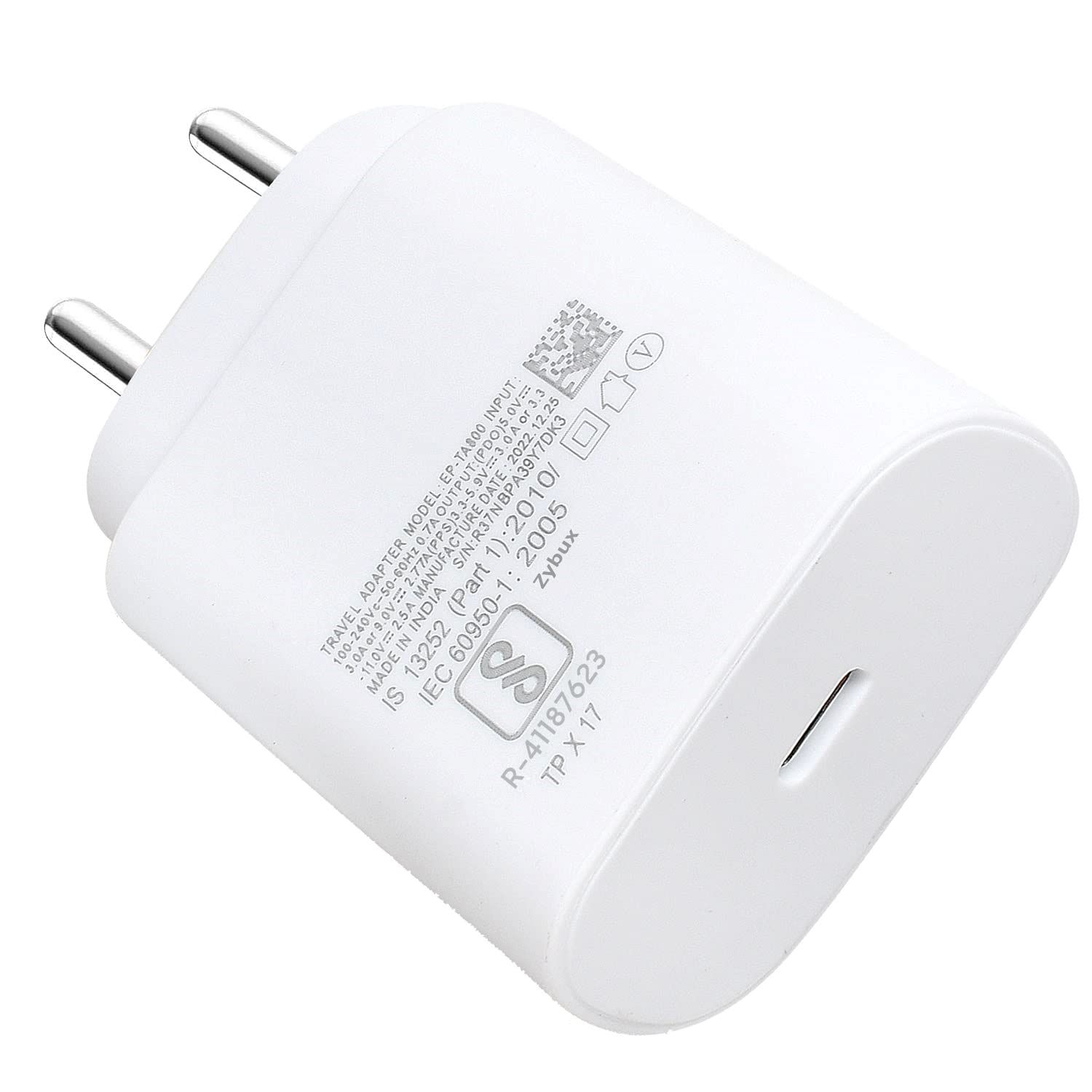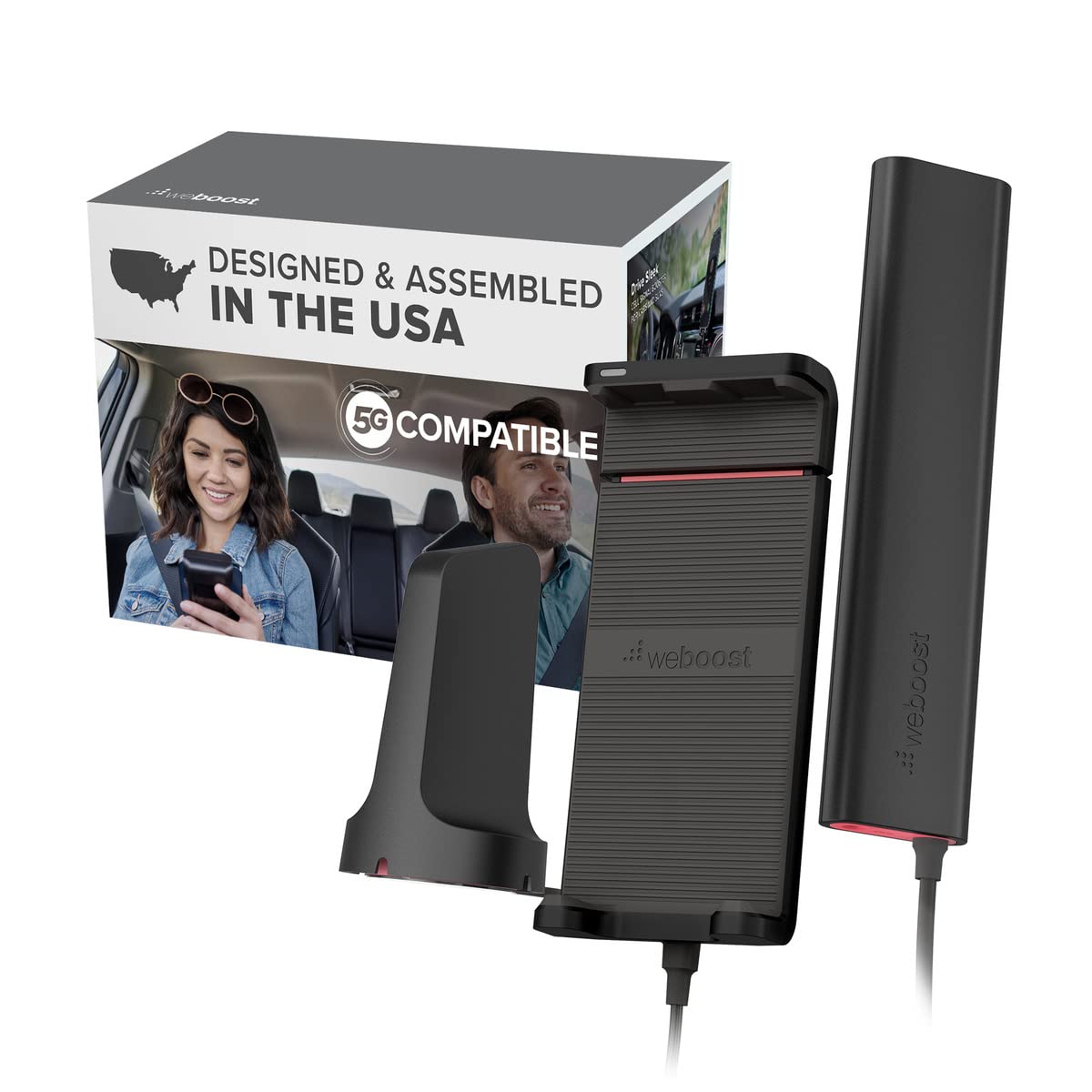Introduction
In today's fast-paced digital age, the ability to stay connected is more crucial than ever. Whether you're traveling, working remotely, or facing unexpected Wi-Fi outages, having a reliable internet connection is a necessity. Fortunately, with the widespread availability of smartphones, utilizing your cellphone as a hotspot offers a convenient solution to stay connected on the go.
By transforming your cellphone into a hotspot, you can share its data connection with other devices, such as laptops, tablets, or other smartphones, allowing seamless internet access wherever you are. This functionality is particularly valuable in situations where traditional Wi-Fi networks are unavailable or unreliable.
In this comprehensive guide, we will explore the ins and outs of using your cellphone as a hotspot. From understanding the concept to setting it up and troubleshooting common issues, this guide will equip you with the knowledge and skills to harness the full potential of your smartphone's hotspot feature.
Whether you're a digital nomad, a remote worker, or simply seeking a reliable backup internet option, learning how to leverage your cellphone as a hotspot can significantly enhance your connectivity and productivity. So, let's dive in and unlock the power of your smartphone's hotspot functionality.
Understanding Cellphone Hotspot
A cellphone hotspot, also known as tethering, enables you to share your smartphone's data connection with other devices, effectively turning it into a portable Wi-Fi router. This feature allows you to create a secure and private wireless network, granting internet access to devices such as laptops, tablets, and other smartphones.
When you activate the hotspot on your cellphone, it utilizes its cellular data connection to establish an internet network, which other devices can then connect to. This can be particularly useful in situations where traditional Wi-Fi networks are unavailable, unreliable, or insecure.
Most modern smartphones support hotspot functionality, and the setup process is generally straightforward. However, it's important to note that using your cellphone as a hotspot consumes data from your cellular plan. Therefore, it's advisable to monitor your data usage to avoid exceeding your plan's limits and incurring additional charges.
The security of your cellphone hotspot is paramount. When setting up a hotspot, you have the option to secure it with a password, ensuring that only authorized devices can connect to it. This safeguards your data and prevents unauthorized access to your internet connection.
Understanding the capabilities and limitations of your cellphone hotspot is essential for maximizing its utility. While it provides a convenient way to access the internet on the go, factors such as signal strength, network coverage, and data speed can impact the overall performance of the hotspot. Additionally, prolonged use of the hotspot feature may affect your cellphone's battery life, so it's advisable to use it judiciously.
In summary, the cellphone hotspot feature empowers you to create a personal Wi-Fi network using your smartphone's data connection. By comprehending its functionality and considering factors such as data usage and security, you can harness the full potential of your cellphone hotspot, ensuring seamless connectivity wherever you are.
Setting Up Cellphone Hotspot
Setting up your cellphone as a hotspot is a straightforward process that can be accomplished in just a few simple steps. Whether you're using an Android or iOS device, the following guidelines will enable you to configure your cellphone's hotspot feature with ease.
For Android Devices:
-
Accessing Hotspot Settings: Begin by navigating to the "Settings" menu on your Android device. From there, locate the "Network & Internet" or "Connections" section, where you'll find the "Hotspot & tethering" or "Portable hotspot" option.
-
Enabling Hotspot: Once you've accessed the hotspot settings, you can enable the hotspot feature by toggling the switch or tapping on the "Portable hotspot" option. You may also have the option to configure the hotspot's name (SSID) and set a secure password to control access to the network.
-
Adjusting Hotspot Settings: Depending on your device, you may have additional settings to customize the hotspot, such as choosing the network band (2.4GHz or 5GHz) or enabling the hotspot to automatically turn off when no devices are connected to conserve battery.
For iOS Devices:
-
Accessing Personal Hotspot: On an iOS device, you can access the hotspot feature by opening the "Settings" app and selecting the "Personal Hotspot" option. If prompted, you may need to contact your carrier to enable the personal hotspot feature on your cellular plan.
-
Enabling Hotspot: Once in the "Personal Hotspot" settings, you can enable the feature by toggling the switch. You can also set a Wi-Fi password to secure the hotspot and restrict access to authorized devices.
-
Connecting Devices: After enabling the hotspot, other devices can connect to it by selecting the hotspot's name from the available Wi-Fi networks and entering the specified password, if required.
By following these steps, you can swiftly set up your cellphone as a hotspot, allowing you to share your cellular data connection with other devices. Whether you're using an Android or iOS device, the hotspot feature provides a convenient and reliable way to stay connected, especially in situations where traditional Wi-Fi networks are unavailable or unreliable.
Remember, while using your cellphone as a hotspot, it's essential to monitor your data usage to avoid exceeding your plan's limits. Additionally, securing your hotspot with a strong password helps protect your data and ensures that only authorized devices can connect to the network.
Connecting Devices to Cellphone Hotspot
Once you have set up your cellphone as a hotspot, connecting other devices to it is a simple and intuitive process. Whether you're using a laptop, tablet, or another smartphone, the following steps will guide you through the process of establishing a connection to your cellphone hotspot.
For Windows Devices:
- Accessing Wi-Fi Settings: On your Windows device, navigate to the system tray and click on the Wi-Fi icon to view available networks.
- Selecting the Cellphone Hotspot: From the list of available networks, locate your cellphone's hotspot name (SSID) and click on it to initiate the connection process.
- Entering the Hotspot Password: If you have secured your hotspot with a password, you will be prompted to enter it. Once entered, click "Connect" to establish the connection.
For macOS Devices:
- Accessing Wi-Fi Settings: On your macOS device, click on the Wi-Fi icon in the menu bar to reveal the available networks.
- Choosing the Cellphone Hotspot: Locate your cellphone's hotspot in the list of available networks and click on it to begin the connection process.
- Providing the Hotspot Password: If your hotspot is password-protected, you will be prompted to enter the password. Once entered, click "Join" to connect to the hotspot.
For iOS Devices:
- Accessing Wi-Fi Settings: Open the "Settings" app on your iOS device and tap on "Wi-Fi" to view the available networks.
- Selecting the Cellphone Hotspot: Look for your cellphone's hotspot name in the list of networks and tap on it to initiate the connection.
- Entering the Hotspot Password: If a password is required, enter it when prompted and tap "Join" to establish the connection to the hotspot.
For Android Devices:
- Accessing Wi-Fi Settings: Navigate to the Wi-Fi settings on your Android device by opening the "Settings" app and selecting "Wi-Fi."
- Choosing the Cellphone Hotspot: From the list of available networks, tap on your cellphone's hotspot name to begin the connection process.
- Providing the Hotspot Password: If your hotspot is secured with a password, enter the password and tap "Connect" to establish the connection.
By following these device-specific steps, you can effortlessly connect your devices to your cellphone hotspot, enabling them to utilize your smartphone's data connection for internet access. Once connected, your devices can seamlessly browse the web, stream content, or access online services, leveraging the convenience and flexibility offered by your cellphone hotspot.
Remember, while connected to your cellphone hotspot, it's important to monitor your data usage to avoid exceeding your cellular plan's limits. Additionally, ensure that your devices are configured to automatically connect to the hotspot when within range, providing uninterrupted access to the internet whenever needed.
Managing Cellphone Hotspot Settings
After setting up your cellphone as a hotspot and connecting devices to it, it's essential to understand how to manage the hotspot settings effectively. By accessing and configuring the hotspot settings on your smartphone, you can optimize its performance, enhance security, and ensure a seamless internet-sharing experience. Here's a detailed look at managing cellphone hotspot settings:
Accessing Hotspot Settings
To manage your cellphone hotspot settings, navigate to the "Settings" menu on your smartphone and locate the "Network & Internet" or "Connections" section, depending on your device's operating system. Within this menu, you will find the "Hotspot & tethering" or "Portable hotspot" option, providing access to a range of configuration settings.
Customizing Hotspot Name and Password
One of the key aspects of managing your cellphone hotspot is customizing its name (SSID) and setting a secure password. By personalizing the hotspot name, you can easily identify it among other available networks. Additionally, setting a strong password ensures that only authorized devices can connect to your hotspot, safeguarding your data and network security.
Managing Connected Devices
Most smartphones allow you to view a list of devices currently connected to your hotspot. This feature enables you to monitor and manage the connected devices, allowing you to identify any unauthorized access or troubleshoot connectivity issues if necessary. By reviewing the list of connected devices, you can ensure that your hotspot is being utilized securely and efficiently.
Configuring Advanced Settings
Depending on your smartphone model and operating system, you may have access to advanced hotspot settings. These settings may include options to select the network band (2.4GHz or 5GHz), adjust the maximum number of connected devices, and enable power-saving features to conserve battery when the hotspot is not in use. Customizing these advanced settings allows you to tailor the hotspot functionality to your specific requirements.
Monitoring Data Usage
Effective management of your cellphone hotspot involves monitoring data usage to avoid exceeding your cellular plan's limits. Most smartphones provide built-in tools to track data usage, allowing you to stay informed about the amount of data consumed by the devices connected to your hotspot. By staying mindful of data usage, you can prevent unexpected charges and optimize your data allocation.
By actively managing your cellphone hotspot settings, you can ensure that it operates efficiently, securely, and in alignment with your connectivity needs. Whether it's customizing the hotspot name and password, monitoring connected devices, or configuring advanced settings, taking control of your hotspot settings empowers you to make the most of this valuable feature, providing reliable internet access whenever and wherever you need it.
Troubleshooting Common Issues
Even with the convenience and versatility of using your cellphone as a hotspot, occasional technical hiccups or connectivity issues may arise. Understanding and addressing these common issues can help ensure a seamless and uninterrupted hotspot experience. Here are some troubleshooting tips for addressing common hotspot issues:
1. Connectivity Problems
If devices are unable to connect to your cellphone hotspot, start by ensuring that the hotspot feature is enabled on your smartphone. Additionally, verify that the Wi-Fi network name (SSID) and password are entered correctly on the devices attempting to connect. Restarting the hotspot and the devices seeking to connect can often resolve connectivity issues.
2. Slow Data Speed
If you notice sluggish internet speeds when using your cellphone hotspot, consider the signal strength and network coverage in your current location. Moving to an area with better reception or adjusting the position of your smartphone may improve data speeds. Additionally, limiting the number of connected devices or temporarily disabling background data usage on connected devices can help optimize data speeds.
3. Battery Drain
Extended use of the hotspot feature can impact your smartphone's battery life. To mitigate battery drain, consider reducing the screen brightness and closing unnecessary apps running in the background. If possible, connect your smartphone to a power source while using the hotspot to maintain its battery level.
4. Data Overages
Monitoring data usage is crucial to avoid exceeding your cellular plan's limits. To prevent unexpected data overages, regularly check your data usage statistics on your smartphone and connected devices. Consider setting data usage alerts or limits on your devices to proactively manage data consumption.
5. Security Concerns
If you suspect unauthorized access to your hotspot or encounter security-related issues, such as unusual device connections, immediately change the hotspot password. Review the list of connected devices in the hotspot settings to identify any unfamiliar devices and remove them if necessary. It's important to prioritize the security of your hotspot to safeguard your data and privacy.
By implementing these troubleshooting strategies, you can effectively address common issues that may arise when using your cellphone as a hotspot. Whether it's resolving connectivity problems, optimizing data speeds, or ensuring data security, proactive troubleshooting enhances the reliability and performance of your hotspot, ensuring a seamless internet-sharing experience.







